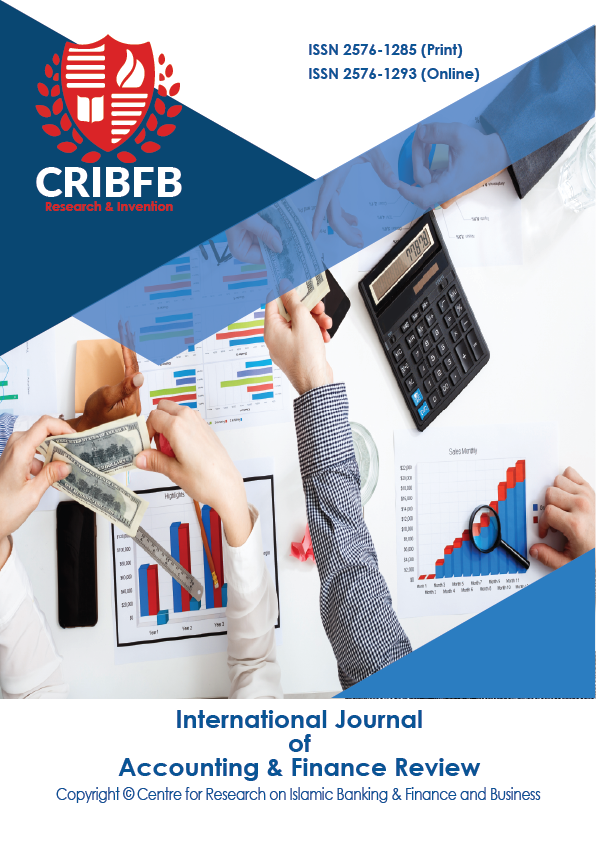Modelling and Forecasting Commodities Prices in Emerging Market: Lessons from the Preceding Super Cycle
Main Article Content
Abstract
Futures trading is one of the oldest methods of trading and investing in commodities. History of commodities futures trading in India is interrupted, flabbergasted and disrupted unlike commodities future trading in Chicago Mercantile Exchange (CME), Chicago Board of Trade (CBOT), or London Metal Exchange (LME) where futures trading has been taking place uninterrupted for over a century. Prohibiting of futures trading in India in a large part of the last few decades has ensured research on commodities trading in India is still at an embryonic stage. In this study, we model Commodity prices of select Agriculture (Barley, Jeera, Sugar, and Pepper), Metal (Aluminium, Copper, Lead, and Gold), and Energy commodities (Crude Oil) in Indian Commodity Markets. Data during the Super-cycle period of commodities in India from 2003 to 2013 is used for the study and modeled using the state-space specification. The results of the study suggest that state-space specification and Kalman filter provides preeminent estimates for modeling and forecasting Indian commodity prices during the Super-cycle period. The results of the study provide crucial insights for pension funds, alternate investment funds, hedge funds and sovereign wealth funds worldwide to strategize better in the next expected super-cycle period of commodities post Covid-19 with burgeoning demand from developing economies of Asia and Africa.
Downloads
Article Details
Section
How to Cite
References
Cortazar, G., Millard, C., Ortega, H., & Schwartz, E. S. (2019). Commodity price forecasts, futures prices, and pricing models. Management Science, 65(9), 4141-4155.
Fernández, A., González, A., & Rodriguez, D. (2018). Sharing a ride on the commodities roller coaster: Common factors in business cycles of emerging economies. Journal of International Economics, 111, 99-121.
Gelderblom, O., & Jonker, J. (2005). Amsterdam as the cradle of modern futures and options trading, 1550-1650. William Goetzmann and K. Geert Rouwenhorst.
Mittal, S., Hariharan, V. K., & Subash, S. P. (2018). Price volatility trends and price transmission for major staples in India. Agricultural Economics Research Review, 31(347-2018-3190), 65-74.
Multi Commodity Exchange of India. (2020). Retrieved from https://www.mcxindia.com
National Commodity & Derivatives Exchange Limited (NCDEX). (2020). Retrieved from https://www.ncdex.com/index.aspx
Pindyck, R. S. (2001). The dynamics of commodity spot and futures markets: a primer. The energy journal, 22(3), 1-29.
Ribeiro, C. O., & Oliveira, S. M. (2011). A hybrid commodity price‐forecasting model applied to the sugar–alcohol sector. Australian Journal of Agricultural and Resource Economics, 55(2), 180-198.
Schwartz, E., & Smith, J. E. (2000). Short-term variations and long-term dynamics in commodity prices. Management Science, 46(7), 893-911.
Schwartz, E. S. (1997). The stochastic behavior of commodity prices: Implications for valuation and hedging. The Journal of Finance, 52(3), 923-973.
Sørensen, C. (2002). Modeling seasonality in agricultural commodity futures. Journal of Futures Markets: Futures, Options, and Other Derivative Products, 22(5), 393-426.
Zhao, Y., & Wan, D. (2018). Institutional high-frequency trading and price discovery: Evidence from an emerging commodity futures market. Journal of Futures Markets, 38(2), 243-270.




